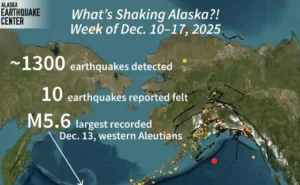Under a new federal law signed by President Trump on July 4, states are now required to verify Medicaid enrollees’ work or education status each month by the end of 2026. The law mandates that residents in 40 states and Washington, D.C., must prove they are either employed, volunteering at least 80 hours per month, or enrolled in school part-time to maintain their coverage.
The law grants states $200 million for system upgrades, but experts warn the funding is insufficient for such a major rollout. Harvard health economist Dr. Benjamin Sommers said states won’t meet the deadline using a single app or a one-size-fits-all platform.
North Carolina’s health department predicts 255,000 residents could lose coverage due to administrative hurdles and documentation issues. Spokesperson Hannah Jones said automation would help reduce paperwork burdens but requires significant investment in tech and staffing.
Louisiana’s Medicaid agency expressed optimism, noting that most enrollees already work and that they are building verification systems now. Spokesperson Emma Herrock said the department sees the policy as encouraging economic growth and reinforcing employment value.
In New York, health officials estimated compliance could cost the state % $500 million and threaten coverage for up to 1.1 million people. Danielle De Souza of the New York Department of Health said past eligibility checks after the pandemic showed a high disenrollment rate.
Physicians also worry. Dr. Bobby Mukkamala from the American Medical Association said doctors may have to help patients reapply for Medicaid. According to Medicaid consultant Michael Heifetz, the law allows deadline extensions to 2028 if states show a good-faith implementation effort.
He said states must coordinate across education and labor agencies, and AI could ease processing, but won’t eliminate all obstacles. During a 2018 trial in Arkansas, 18,000 people lost coverage mainly due to confusion and red tape.












